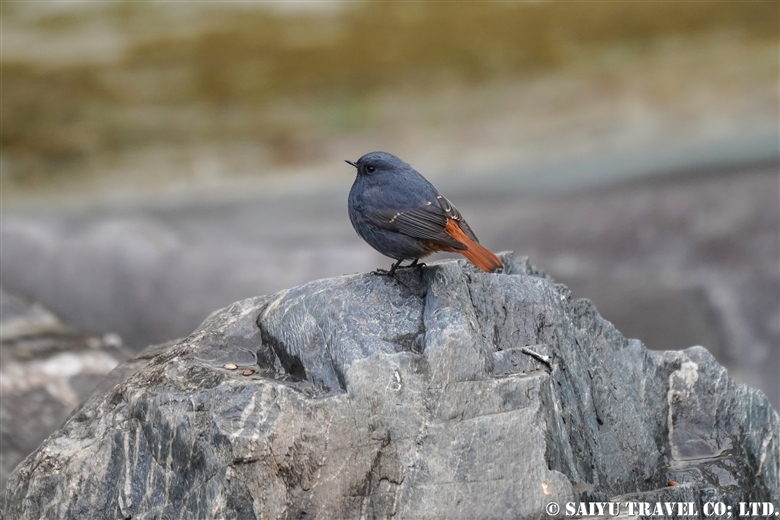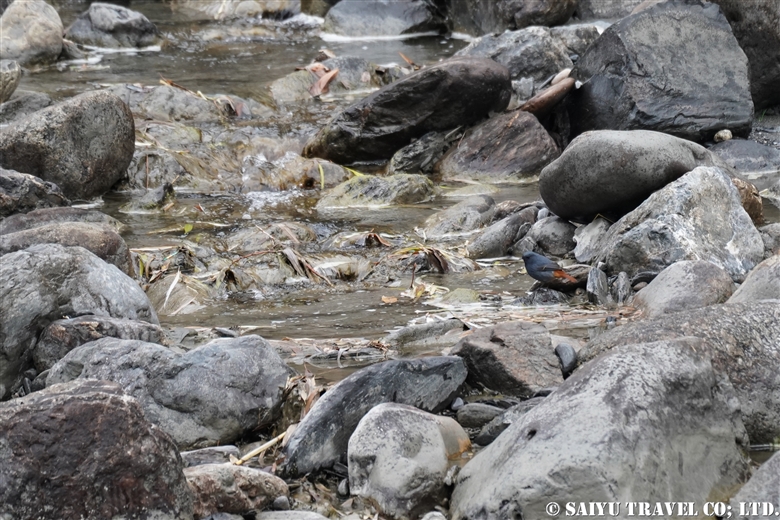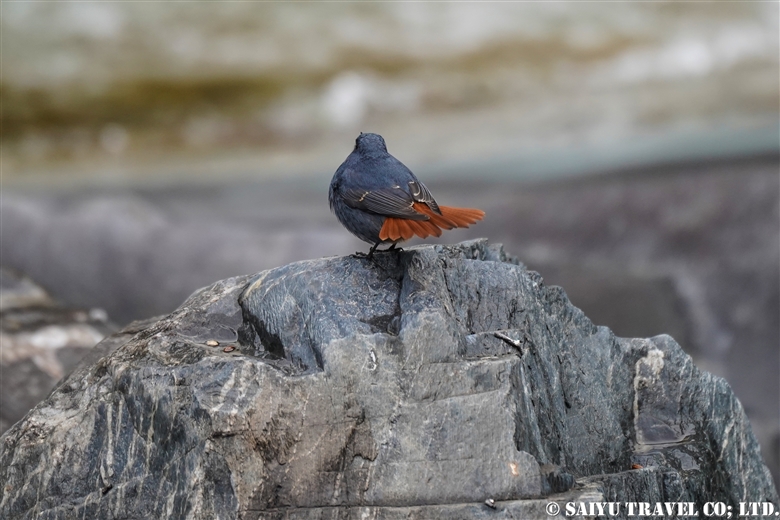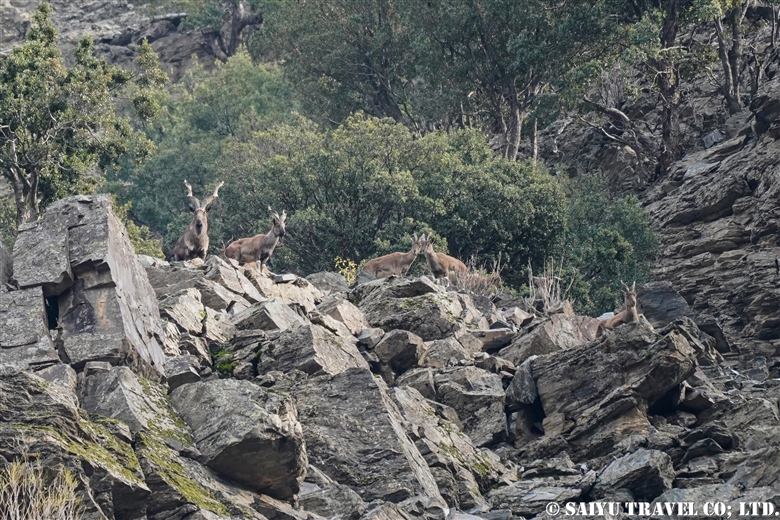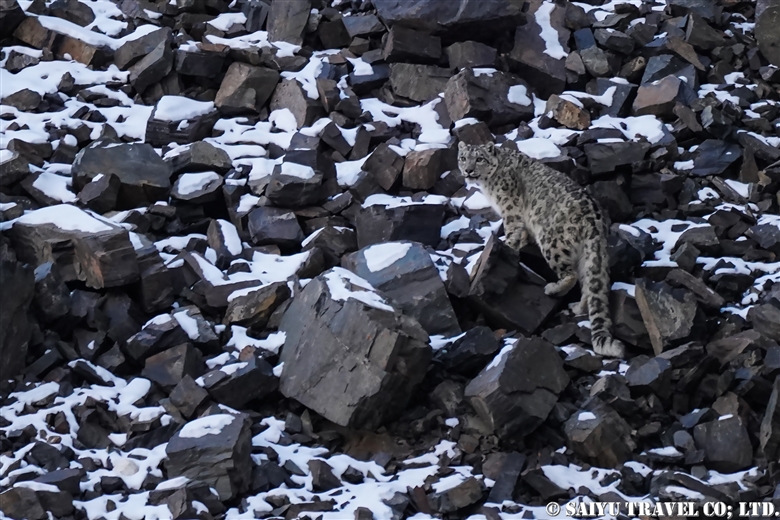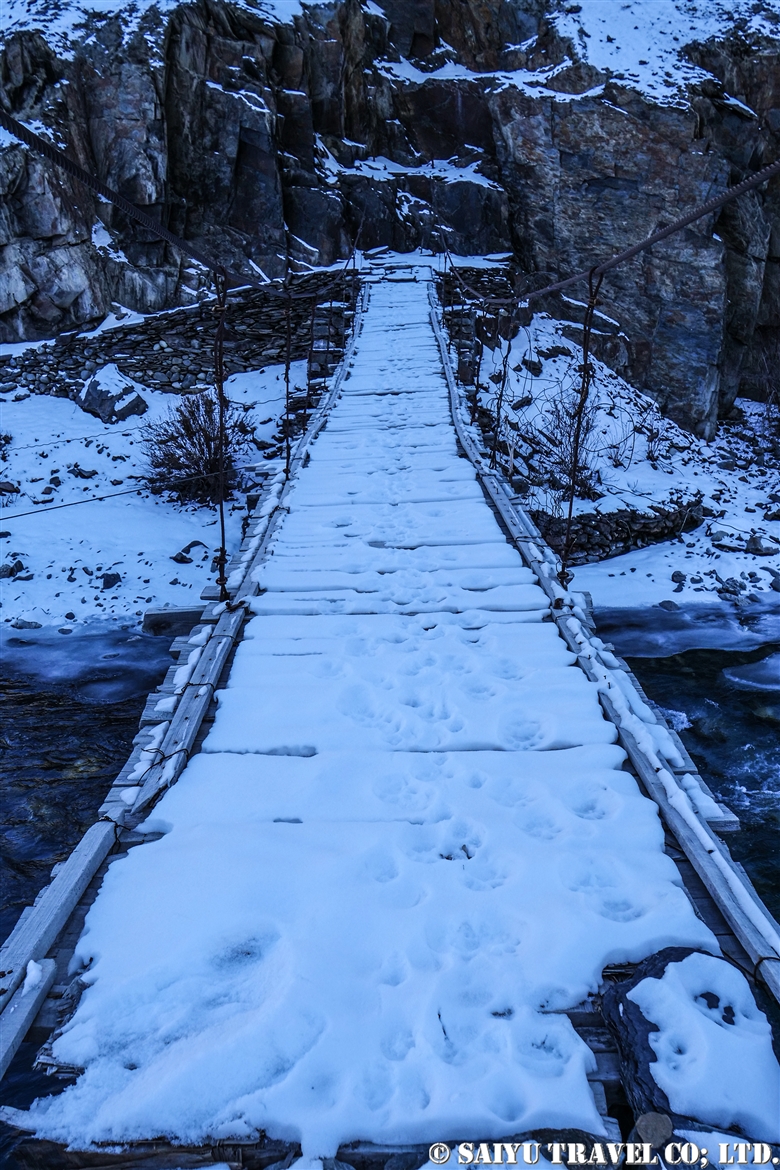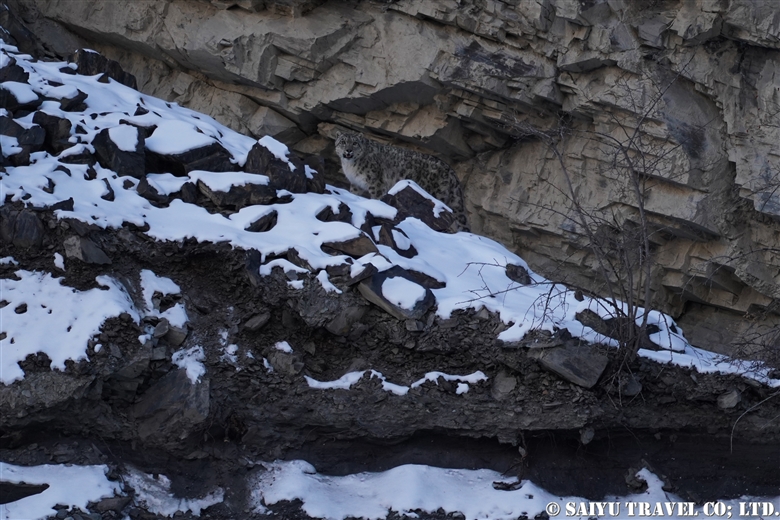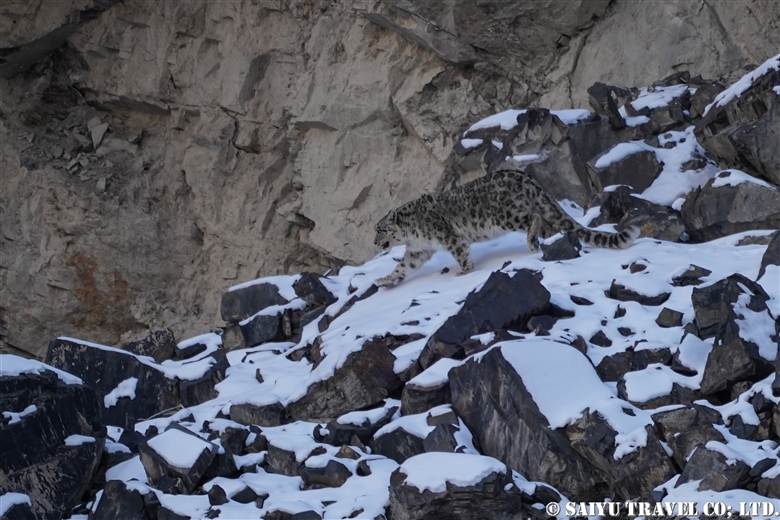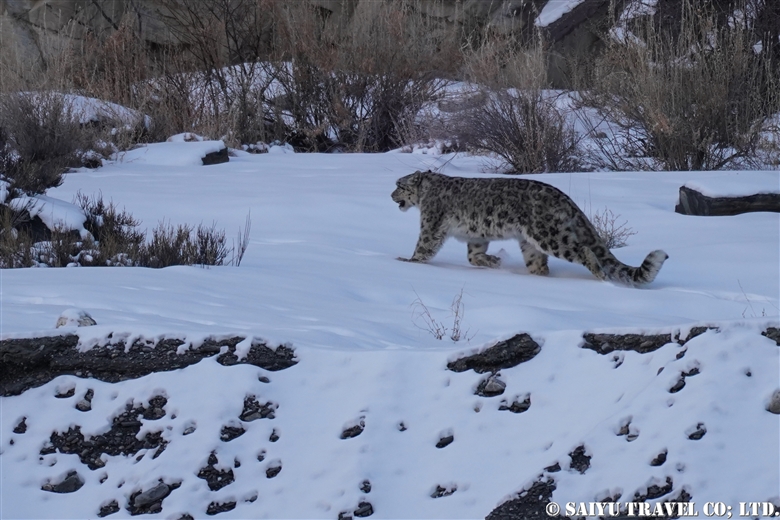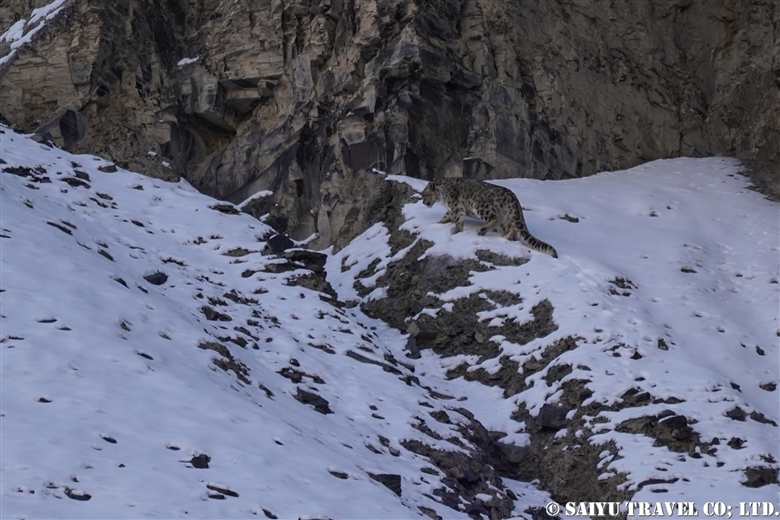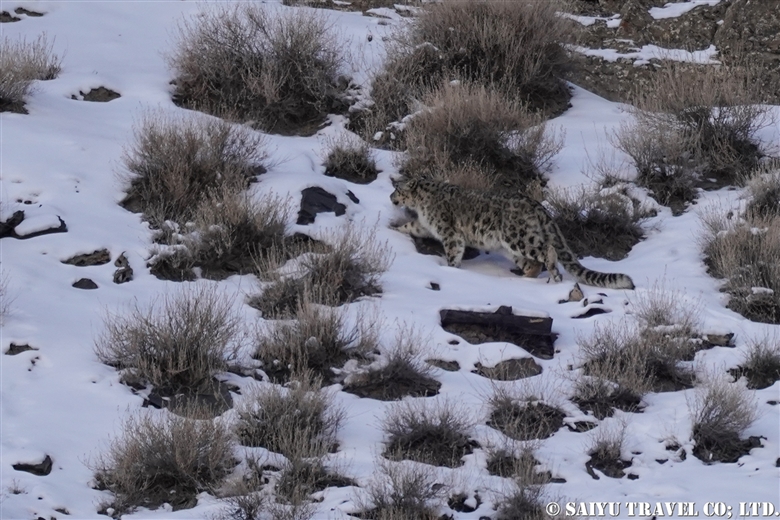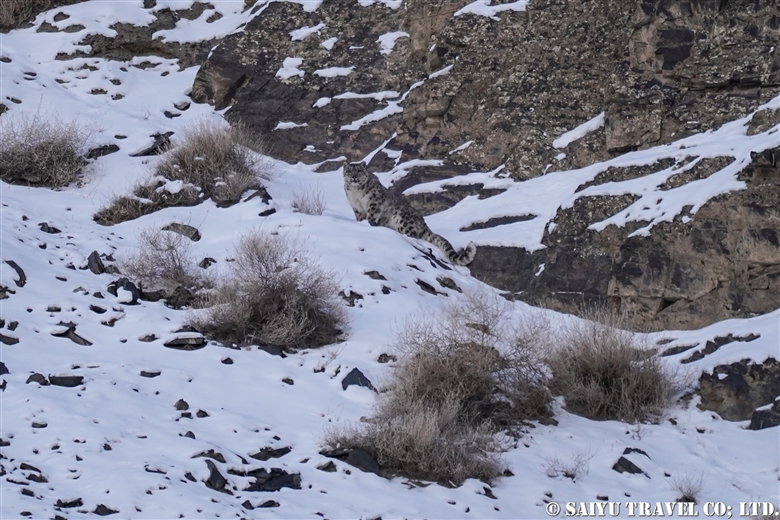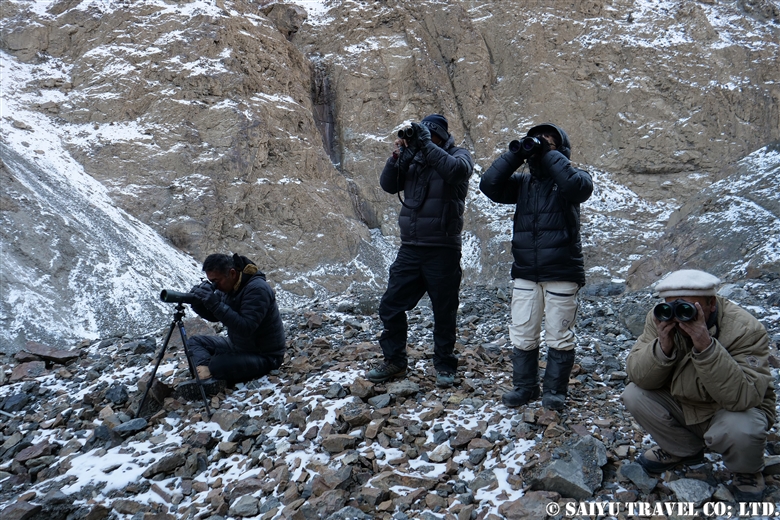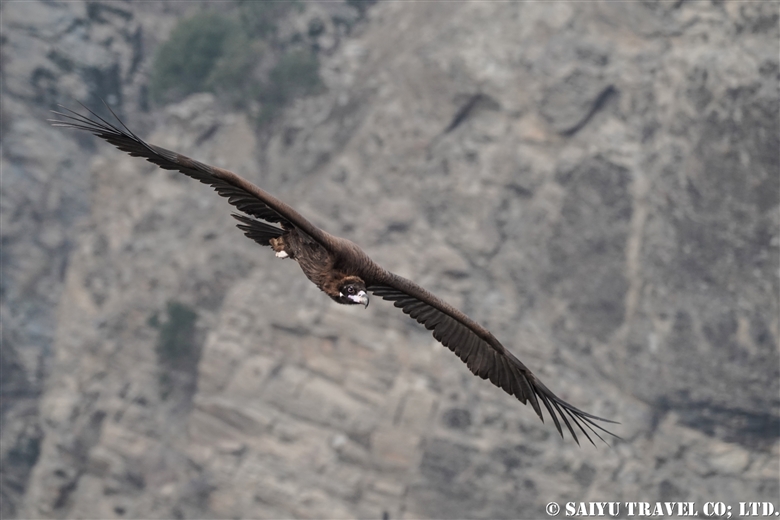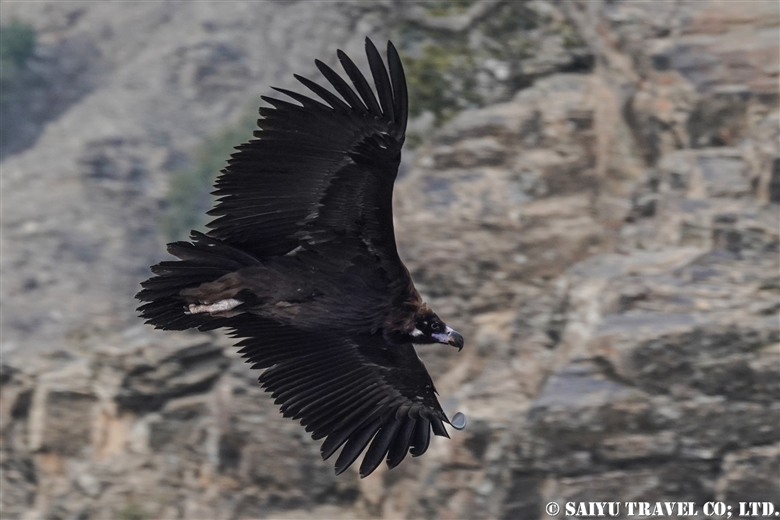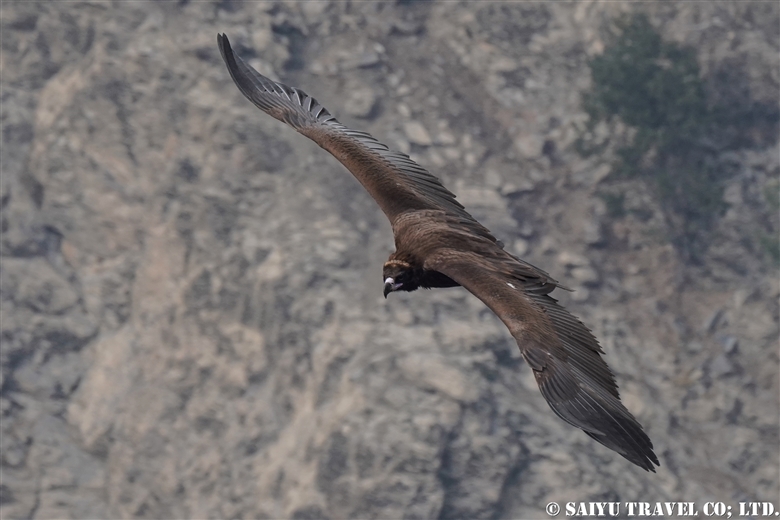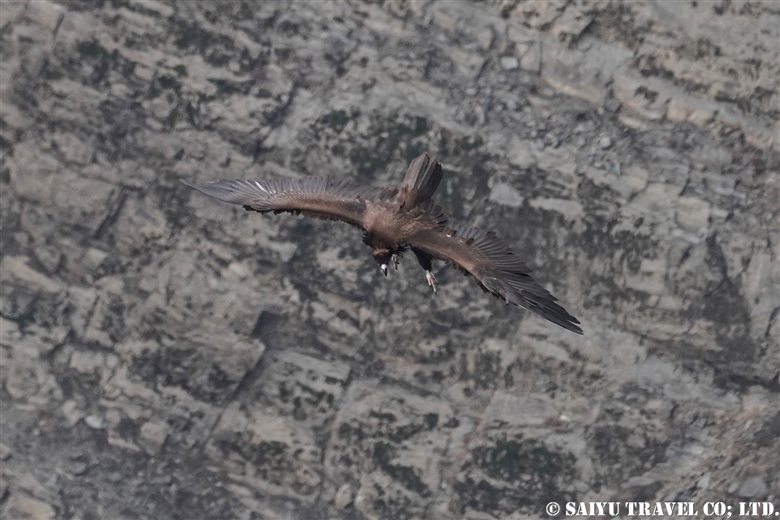In mid-April, you can see the long-tailed marmots sunning on the slopes of the highlands over 4,000m near the Khunjerab Pass. During my 9-day stay, it seemed that it was just after the hibernation period, and the number of marmots continued to increase day by day.
They are such cute marmots in their burrows.
Long tailed Marmots in spring
Videography : Mariko SAWADA
Observation : April 2021, Khunjerab National park, Gilgit-Baltitstan
Category : = Video Clip Gilgit-Baltistan > ◆ Video Breathtaking Views of Pakistan > ◆ Gilgit-Baltistan > - Marmot > - Khunjerab National ParkTag : Pakistan Blog , Pakistan Travel company , Pakistan Travel Blog , Pakistan tour operator , Travel Pakistan Blog , Pakistan Photography Tour , Wildlife of Pakistan , Wildlife Photography Pakistan , Indus Caravan , Wildlife Tour Pakistan , Snow Leopard Expedition , Saiyu Travel Pakistan , Snow Leopard Conservation , Long-tailed Marmot , Khunjerab National Park





